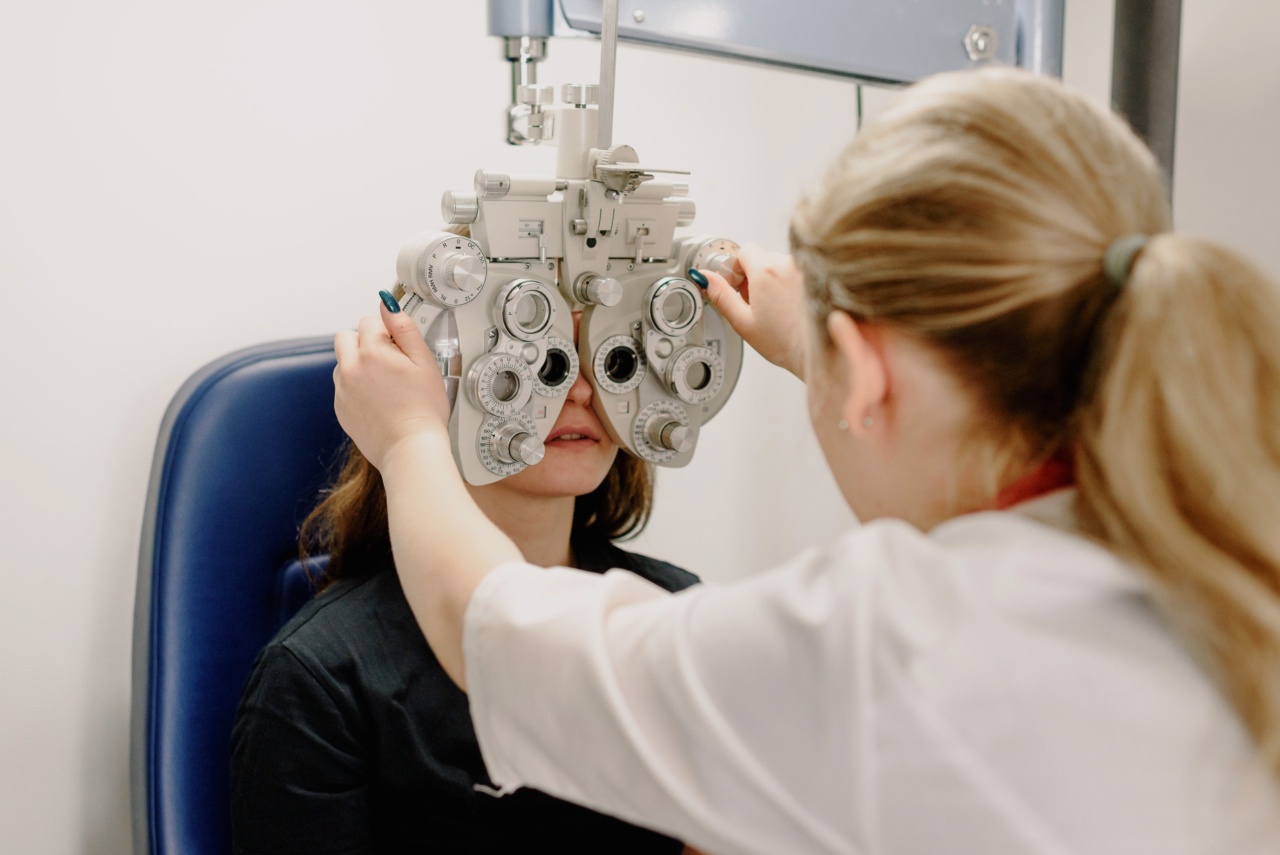Stroke is a serious medical condition that occurs when blood flow to a part of the brain is cut off. It can cause long-term disability, cognitive deficits, and even death.
There are different kinds of strokes, including ischemic stroke, hemorrhagic stroke, and transient ischemic attack (TIA). The good news is that many stroke risk factors are preventable or manageable, such as high blood pressure, diabetes, smoking, high cholesterol, and physical inactivity.
In addition to lifestyle changes, certain tests can help reduce your stroke risk by detecting early warning signs or underlying conditions. Here are 10 tests that can help prevent stroke:.
1. Blood pressure measurement
High blood pressure (hypertension) is a major risk factor for stroke, as it damages the blood vessels in your brain and heart. A normal blood pressure reading is below 120/80 mmHg, while a high reading is 140/90 mmHg or higher.
If you have high blood pressure, your doctor may recommend lifestyle changes (such as exercise, diet, and weight loss) and/or medications (such as ACE inhibitors, beta-blockers, calcium channel blockers, or diuretics) to lower it.
2. Blood tests
Blood tests can reveal various conditions that increase the risk of stroke, such as high cholesterol, diabetes, and atrial fibrillation (an irregular heartbeat).
High cholesterol can lead to atherosclerosis (hardening and narrowing of the arteries), which can cause a stroke if a clot forms and blocks blood flow to the brain. Diabetes increases the risk of stroke by damaging the blood vessels and nerves, and by promoting inflammation and blood clotting. Atrial fibrillation can cause blood clots to form in the heart that can travel to the brain and cause a stroke.
If you have any of these conditions, your doctor may recommend medications (such as statins, anticoagulants, or antiplatelet drugs) or lifestyle changes to help manage them.
3. ECG (Electrocardiogram)
An electrocardiogram (ECG) is a quick and painless test that records the electrical activity of your heart. It can detect abnormalities in your heart rhythm, such as atrial fibrillation or other arrhythmias, that may increase your stroke risk.
If you have an irregular heartbeat, your doctor may recommend medication to help regulate it and prevent blood clots from forming.
4. Echocardiography
Echocardiography is a non-invasive test that uses sound waves to create images of your heart. It can detect structural abnormalities in your heart, such as a hole (PFO) or abnormal valve that can cause blood clots to form and travel to the brain.
If you have a PFO, your doctor may recommend closure of the hole to reduce your stroke risk.
5. Carotid ultrasound
A carotid ultrasound is a painless and non-invasive imaging test to check for blockages or narrowing in the carotid arteries that supply blood to your brain. This condition is called carotid artery disease and can increase your stroke risk.
If you have severe carotid artery disease, your doctor may recommend surgery (such as carotid endarterectomy) or stenting to open up the blocked artery and improve blood flow.
6. MRI (Magnetic Resonance Imaging)
Magnetic resonance imaging (MRI) is an imaging test that uses a powerful magnetic field and radio waves to create detailed images of your brain and blood vessels.
It can detect signs of a stroke, such as brain damage or bleeding, and underlying conditions that may increase your stroke risk, such as brain aneurysm, arteriovenous malformation (AVM), or small vessel disease. If any of these conditions are detected, your doctor may recommend further tests or treatments.
7. CT (Computed Tomography)
Computed tomography (CT) is an imaging test that uses X-rays to create detailed images of your brain. It can quickly diagnose a stroke and determine its type (ischemic or hemorrhagic).
CT can also reveal underlying conditions that may increase your stroke risk, such as brain tumor or aneurysm. If a stroke is diagnosed, your doctor may recommend treatment with medication (such as tissue plasminogen activator or tPA) to dissolve the blood clot and restore blood flow to the brain.
8. Doppler ultrasound
Doppler ultrasound is a non-invasive test that uses sound waves to measure blood flow through your arteries and veins.
It can help detect peripheral artery disease (PAD), a condition in which the arteries that supply blood to your limbs become narrowed or blocked. PAD can increase your risk of stroke by reducing blood flow to your brain and other organs. If you have PAD, your doctor may recommend medications (such as antiplatelet drugs or statins) or lifestyle changes (such as exercise and diet) to manage it.
9. Sleep study
Sleep apnea is a common sleep disorder that causes breathing to repeatedly stop and start during sleep. It can increase your risk of stroke by reducing blood flow to your brain and promoting inflammation and blood clotting.
A sleep study (polysomnography) can diagnose sleep apnea and determine its severity. Treatment options include continuous positive airway pressure (CPAP) therapy, oral appliances, and surgery, as well as lifestyle changes.
10. Stress test
A stress test (also called an exercise electrocardiogram or ECG) measures your heart’s response to exercise.
It can detect abnormal heart rhythms, inadequate blood flow to your heart, and other signs of heart disease that may increase your stroke risk. If abnormalities are found, your doctor may recommend further testing (such as an angiogram or nuclear stress test) or treatment (such as medications or surgery).





























